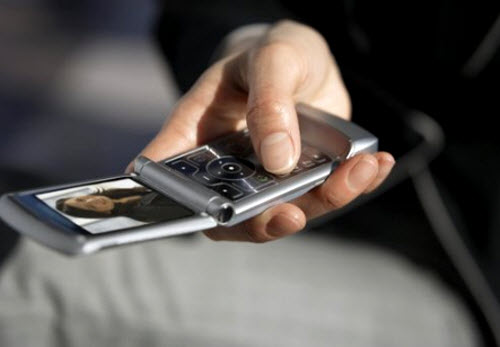Cell phones are everywhere. It is estimated by the United Nations’ International Telecommunication Union that one in every 86 people worldwide has a cell phone, while a CBS News report states that over 1 billion people are now smartphone users. With the drastic rise in the popularity of smartphones comes a drastic rise in the amount of data these smartphones use. Every smartphone application or program that connects to the Internet uses data, and all major carriers offer data plans; however, the penalties for going over one’s limit can be severe. Here are some helpful tips on how to manage data use.
Take Advantage of Wireless Internet
Every smartphone that has a data connection through a mobile carrier is also capable of connecting to wireless internet (Wi-Fi) networks. These wireless networks (the same ones used by laptop computers and tablets to connect to the Internet) provide the same Internet access as a mobile data connection. The one big difference is that data used on wireless networks won’t count against your preset data limit. Leaving Wi-Fi turned on will allow your smartphone to seek out and connect to open wireless networks wherever you go. It will also save passwords for protected wireless networks, meaning your smartphone can automatically connect to your home or office Wi-Fi network. Wi-Fi is widely available now in places ranging from coffee shops and restaurants to libraries and public parks.
Watch Your Apps
The majority of smartphone applications use data in some way and it is wise to manage the data usage of your apps. Social networking apps like Facebook, Twitter, and Instagram rely heavily on frequent data use to send out push notifications that are sent to your phone as soon as they are submitted. For example, if someone comments on your Facebook photo and you are immediately notified on your smartphone, you’re using push notifications. These notifications require an always on data connection, which uses more data. Instead, try using the largest interval possible between automatic updates on apps like these. You will receive notifications less frequently, but your smartphone will use less data overall.
Limit Downloads to Wifi
What are the biggest reasons to have a smartphone? Apps, of course! Applications range from useful to silly, entertaining to productive. Downloading apps uses a lot of data whether they come from Android’s Google Play store or Apple’s App Store. Most apps are thousands of kilobytes in size with some ranging into the tens of thousands. Downloading a lot of apps will eat into your data allowance very quickly so it’s important to limit your downloading to wireless networks only. This way you can download all the apps you want without using up your data.
Monitor Your Usage
Your smartphone will allow you to track how much data you’re using. Both iPhones and Android phones have built-in data trackers under their respective settings tabs. These trackers will record how much data is being used between a changeable set of dates. Newer Android phones also allow users to set alerts when they get close to their limit. Typically iPhones have apps that will function in similar ways. Set a limit for yourself, and then stick to it! Following these tips will allow you to take full advantage of your smartphone’s Internet connection without taking a big hit in the wallet.
Byline
Rick Jensen is fascinated by technology and writes on a variety of cutting-edge tech issues. Internet users concerned about internet security should take a peek at the internet insurer Protect Your Bubble.
Image credit goes to Pauly.





